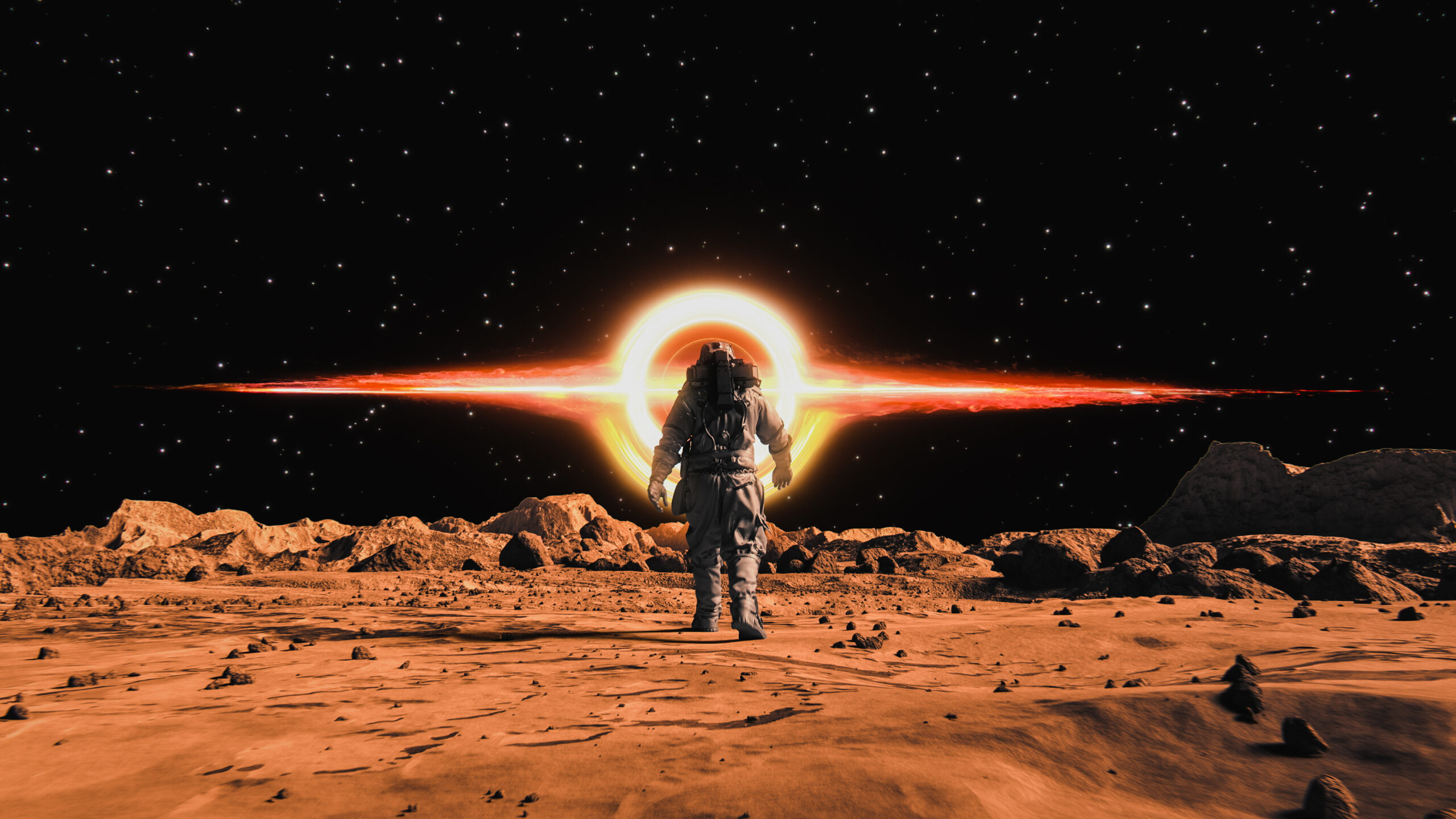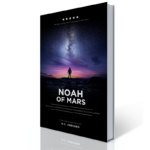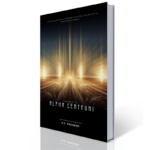Exploring the Cosmic Origins of Göbeklitepe in Noah of Mars
Have you ever looked at ancient ruins and wondered if there was more to the story than we could possibly know? In Noah of Mars, author Herman DeBoard reimagines the distant past of humanity by weaving together science fiction, archaeology, and the powerful will to survive. The novel’s central premise—that an advanced Martian civilization crash-landed in what is now southeastern Turkey—turns traditional theories on their head. Instead of simple coincidence, we find that the mysterious site of Göbeklitepe might just be the work of Martians fleeing their dying world.
“I wanted to explore the idea that ancient architecture could be more than just early human invention. What if we had help—or at least some influence—from a people whose fate demanded they forge a new beginning on Earth?”
—Herman DeBoard, Author Interview
An Unforgettable Journey from Mars to Earth
From the very first chapter, we learn that a colossal asteroid spells imminent destruction for Mars, an ancient yet technologically sophisticated planet brimming with life. In a last-ditch effort to save their culture, the Martians build the A.R.K. (Advanced Repository of Knowledge) to transport DNA samples and a small crew of survivors to Earth. The tension of leaving countless others behind—and the heart-wrenching decisions about who and what they can take on their exodus—creates a deeply human drama set against an otherworldly backdrop.
“It wasn’t just our planet that died that day. For everyone left behind, hope ended in a single terrifying crash.”
—Noah of Mars, Chapter 3
The Collision of Civilizations
When the A.R.K. crash-lands in prehistoric Turkey, the Martians find themselves among early human tribes whose fear and reverence mirror our own fascination with the stars. DeBoard’s depiction of these encounters highlights the precarious balance between power and compassion—how the Martians must adapt and work alongside humans to survive in a world far different from their red-hued homeland.
“We came from the stars, not to dominate but to endure. How could we explain that we were as vulnerable as they were?”
—Noah of Mars, Chapter 6
While some Martians strive for cooperation, others see humanity’s primitivism as a liability. Their internal conflicts echo the timeless dilemma of welcoming the ‘other’ vs. imposing one’s will. This tension shapes the novel’s larger theme: even the most advanced technology pales in comparison to the need for empathy and understanding.
“The beauty of conflict in a story is that it often reflects our deepest fears—and our greatest hopes. Science fiction allows us to magnify those elements into a cosmic scale.”
—Herman DeBoard, Author Interview
Göbeklitepe’s Hidden Legacy
One of the most captivating elements of Noah of Mars is the reinterpretation of Göbeklitepe. Often called the world’s oldest temple, its towering pillars and enigmatic carvings have fascinated real-world archaeologists. DeBoard’s premise that Martians contributed to its construction—or even inspired humanity’s leap into complex social structures—offers a mind-bending ‘what if.’
“In those ancient stones lay the silent testimony of our arrival—a blueprint for a future we hoped to share.”
—Noah of Mars, Chapter 10
Why You’ll Love Noah of Mars
- A Fresh Take on Ancient Mysteries: If you’ve ever been intrigued by the unsolved puzzles of human history, this novel provides an imaginative lens through which to view them.
- Emotional High Stakes: The story of survival resonates on a personal level: families torn apart, friendships tested, and a dying civilization’s last attempt to carry on.
- Thought-Provoking Themes: The book poses questions about the nature of humanity, the responsibility of power, and how the past can shape the future in unexpected ways.
“To me, blending archaeology and sci-fi felt like the perfect way to revisit our shared history—with a twist that stirs the imagination.”
—Herman DeBoard, Author Interview
In the end, Noah of Mars challenges readers to consider the boundaries between myth and reality, and how a single catastrophe might ripple across millennia. It’s both a cautionary tale about the fragility of civilizations and a testament to the resilience found in hope and cooperation.
If you’re curious about how Martians and humans might have teamed up—or clashed—on the threshold of prehistory, you won’t want to miss this riveting and reflective journey into the unknown. Grab your copy of Noah of Mars and embark on an adventure that might just change the way you look at humanity’s earliest monuments… and the stars above.







